SUMMARY
This is AI generated summarization, which may have errors. For context, always refer to the full article.
 Dawn has broken at the Tubbataha Reef and the morning light streams through the windows of the M/Y Navorca, our home and bunk for 4 days. Surrounding us are turquoise waters, so clear and pristine you can see corals and fish 30 feet below.
Dawn has broken at the Tubbataha Reef and the morning light streams through the windows of the M/Y Navorca, our home and bunk for 4 days. Surrounding us are turquoise waters, so clear and pristine you can see corals and fish 30 feet below.
The Navorca is the research vessel of the organization I work for, the World Wide Fund for Nature Philippines (WWF-Philippines). Spanning 80 feet and displacing 70 gross tons, the Navorca provides transportation services for WWF conservation initiatives in the Sulu Sea.
For almost two decades now, WWF-Philippines has been working with the people of Palawan, through the Tubbataha Management Office, to protect Tubbataha’s rich biological resources.
Seeing Tubbataha for the first time is like parting a curtain and seeing a mound of jewels. In less than an hour, we find ourselves gliding along with sea turtles, swimming with manta rays, spotting white-tip reef sharks, and chasing a pod of spinner dolphins.
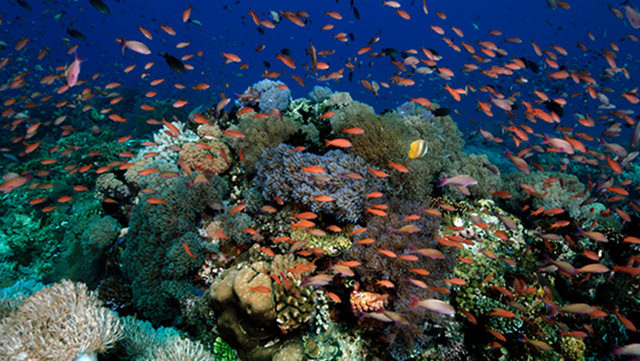
This is my memory of my first visit to Tubbataha in April 2012, but there are constant reminders that this UNESCO World Heritage Site remains a fragile world.
Grounded minesweeper
Sitting on a thin strip of sand is the Tubbataha Ranger Station, which houses a composite team of military and civilians working on two-month shifts to protect the 97,000-hectare Tubbataha Reef Natural Marine Park from illegal fishermen and poachers.
At 4 am Thursday, January 17, the rangers monitored on its radar a ship that rammed into the northern tip of Tubbataha’s South Atoll. The vessel, later identified as the USS Guardian, ran aground about two hours earlier.
As of this writing, about two-thirds of the ship remains stuck on the reef and the vessel has turned broadside. Monsoon winds have aggravated efforts to dislodge the US naval minesweeper swiftly and properly. The US Navy, in a statement on Saturday, January 19, indicated that navigational charts that misplaced Tubbataha’s location may have caused the grounding.
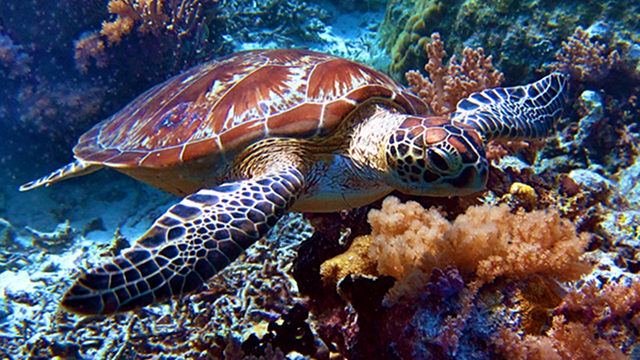
Several sanctions could be imposed on the ship for committing the following violations of the Tubbataha Reef Natural Park Act of 2009:
-
Unauthorized entry (Section 19);
-
Damages to the reef (Section 20);
-
Non-payment of conservation fees (Section 21);
-
Destroying and disturbing resources (Section 26); and
-
Obstructing law enforcement (Section 30)
Food, economic powerhouse
Plowing into a reef in Tubbataha does not only spell environmental damage. Human development and food security are also at stake. This is why it is imperative to extricate the vessel and all its fuel, oil, and hazardous materials immediately to avoid a marine disaster.
Tubbataha is not your ordinary coral reef complex. It is the country’s very own marine Serengeti. It is the standard against which all Philippine reef ecosystems and marine parks are judged.
The reefs’ isolation from the mainland is its greatest protection. Located at the heart of the Sulu Sea, 160 kilometers southeast of Puerto Princesa City, Tubbataha is accessible from the Palawan capital via a 10-hour boat ride. Divers schedule their trips during the short window of calmer seas from April to June.
Just how abundant is the marine life here? Tubbataha is home to about 600 species of fish; 360 species of corals, approximately half of all coral species in the world; 14 species of sharks; and 12 species of dolphins and whales, a nesting population of endangered hawksbill and green sea turtles.
But Tubbataha, also a Ramsar site, boasts of a full range of biodiversity and its treasures are not just confined beneath its waters. Thousands of sea birds breed and find their home on one of Tubbataha’s two small islets.
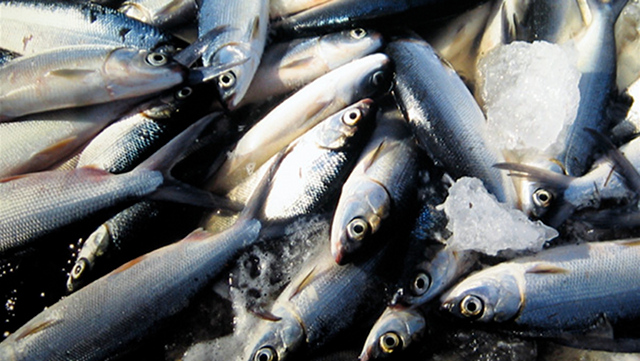
Tubbataha has often been dubbed as a Mecca of Philippine diving, but it goes beyond being a spectacular underwater world. Considering that only 5% of the country’s coral reefs are in excellent condition, protecting Tubbataha contributes to food security for millions who depend on Philippine seas for food and livelihood.
A no-take zone, Tubbataha produces at least 200 tons of seafood per square kilometer. This is 5 times greater than the productivity of an ordinary healthy reef.
The waters of Tubbataha are also the seeding and growth area of the fish stocks of Palawan and the Visayas. Without this protected area, fish would not have the opportunity to grow to maturity and repopulate other areas.
Resilient, thriving Tubbataha
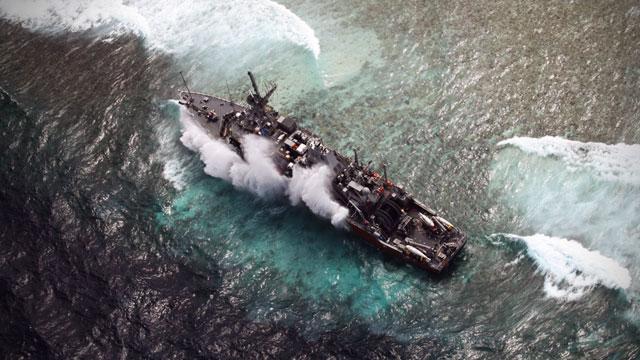
The conservation history of Tubbataha spans 25 years. It became the country’s first marine protected area in 1988 and a UNESCO World Heritage Site in 1993. And in 2009, the landmark Tubbataha Reefs Natural Park Act was enacted to provide more permanent management structures, fiscal autonomy, and steeper penalties for violations of Park rules.
Today, a 224-foot US naval minesweeper is stuck on Tubbataha’s South Atoll, posing a hazard to the fragile ecosystems there. Something of value has been damaged; questions must be answered and penalties must be imposed.
Throughout its 25-year conservation history, Tubbataha has been resilient to many challenges: crown-of-thorn outbreaks, illegal fishing and seaweed farming operations, marine pollution, and the widespread coral bleaching due to the 1998 El Niño phenomenon.
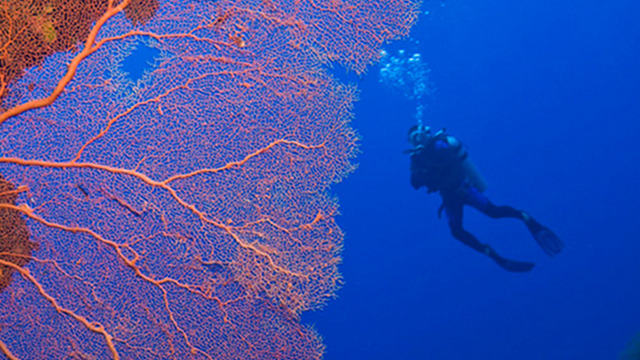
Coupled with proper management, this resilience give us hope that Tubbataha – the country’s very own cradle of marine life, the crown jewel of Philippine seas – will ride out the challenge it is facing today. – Rappler.com
Sophia Dedace is the Communications Officer of WWF-Philippines. She is a former journalist and a neophyte open water diver who considers Tubbataha the most beautiful place in the country.
Related stories:
Add a comment
How does this make you feel?
There are no comments yet. Add your comment to start the conversation.